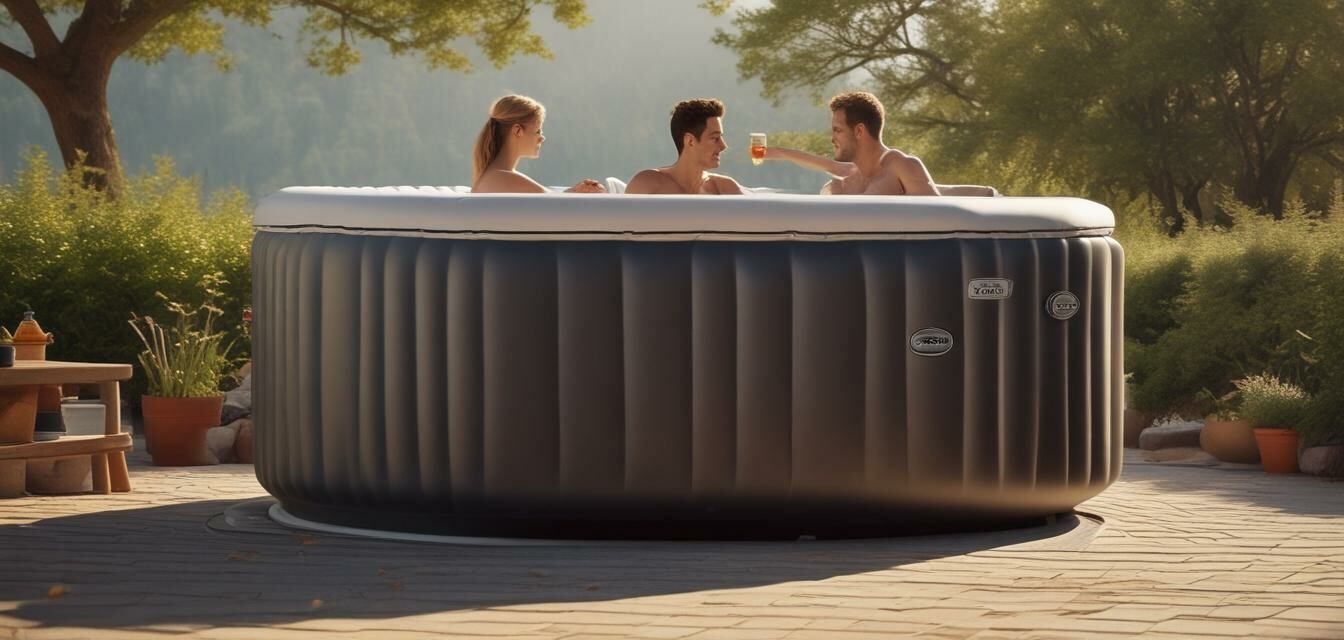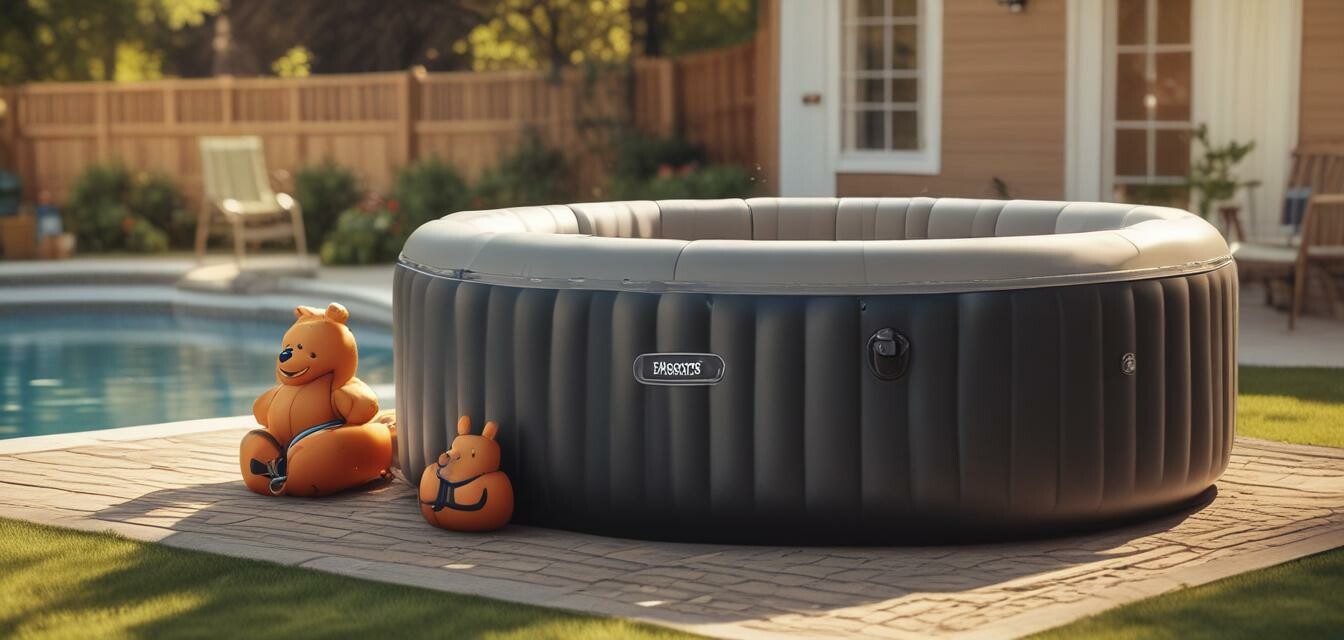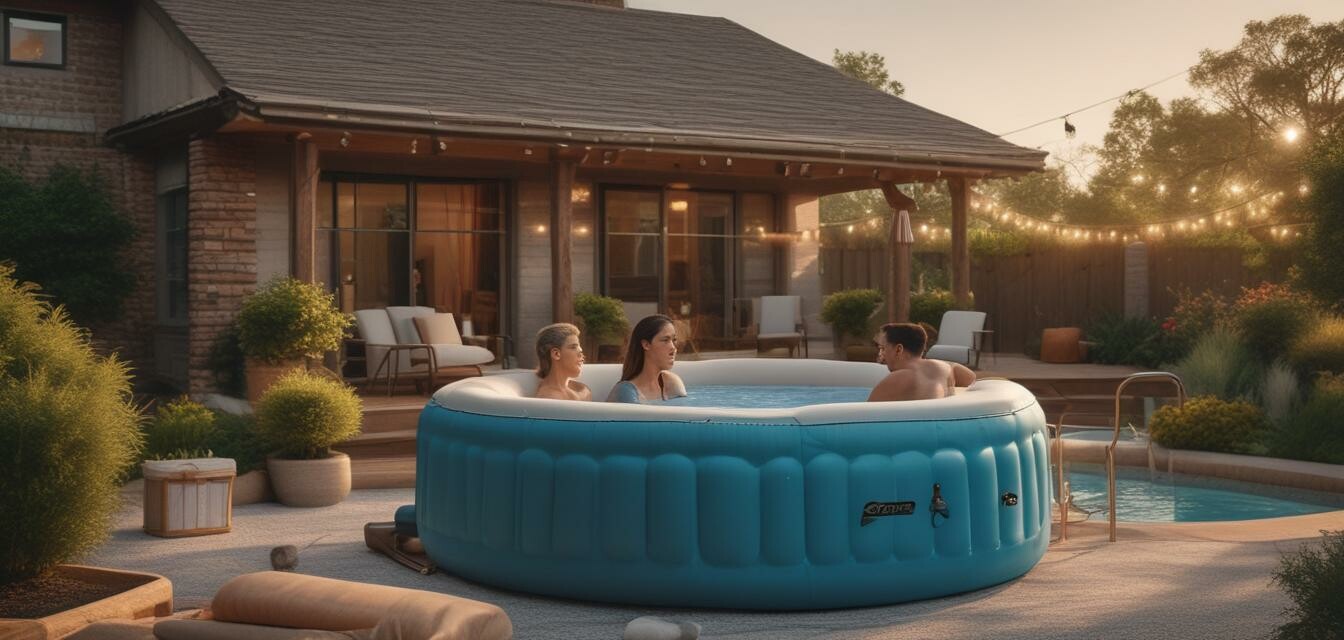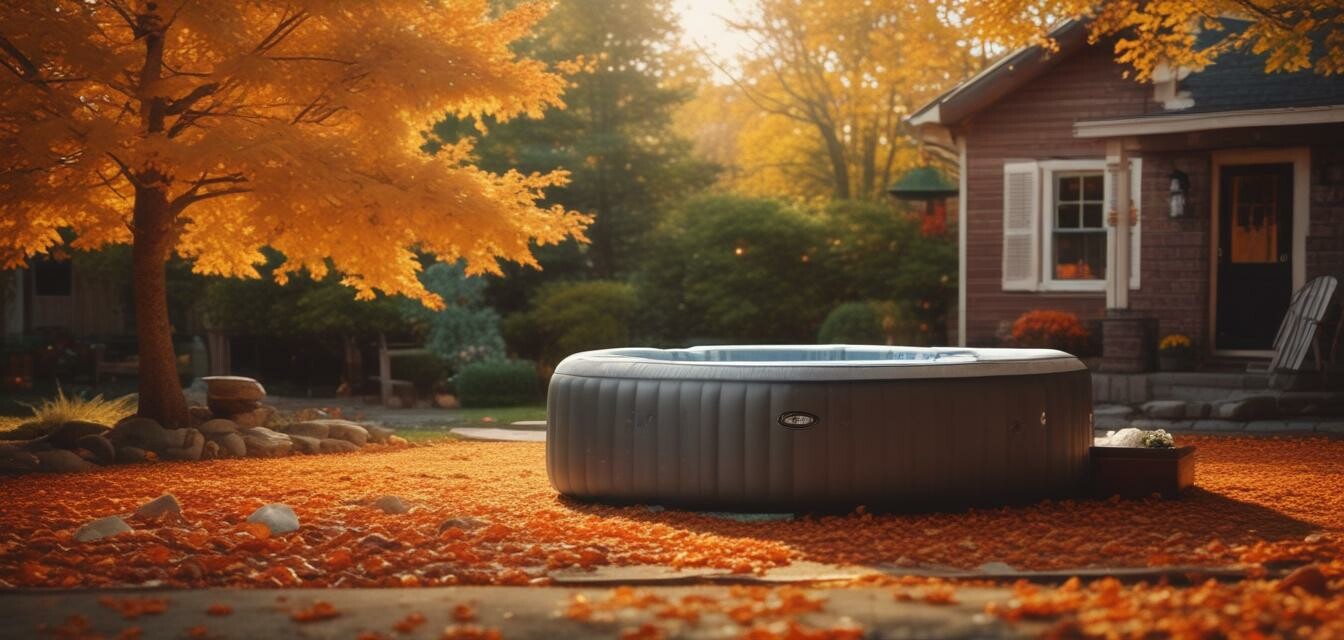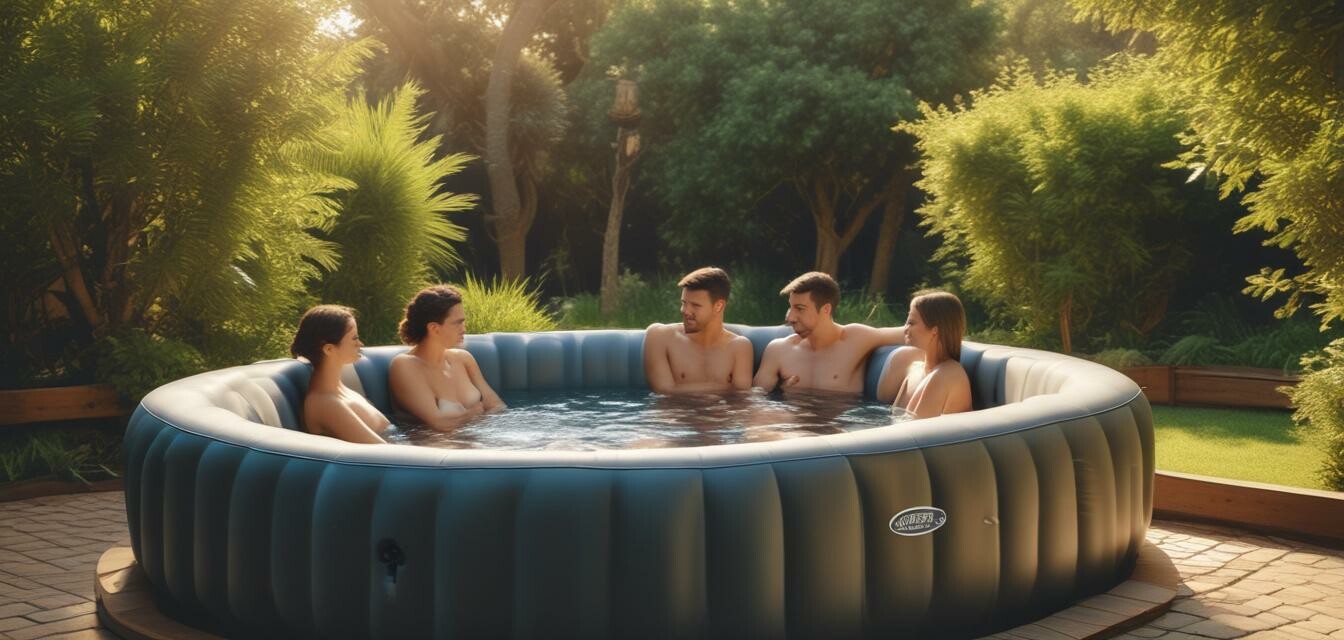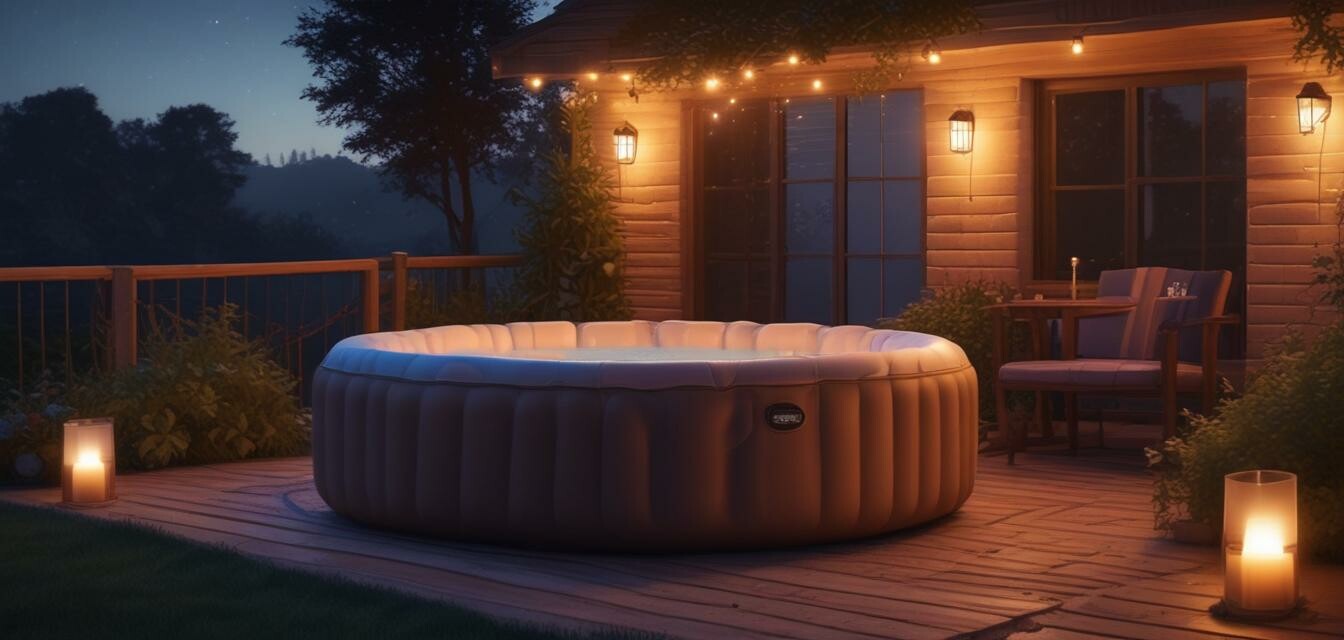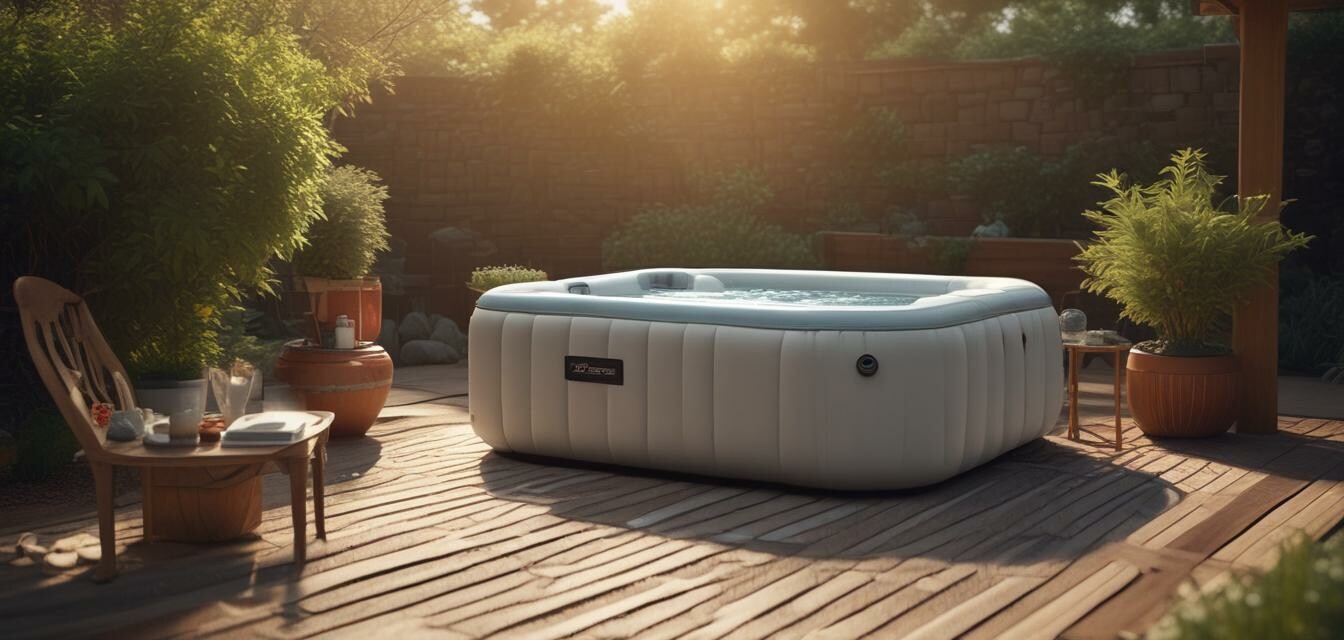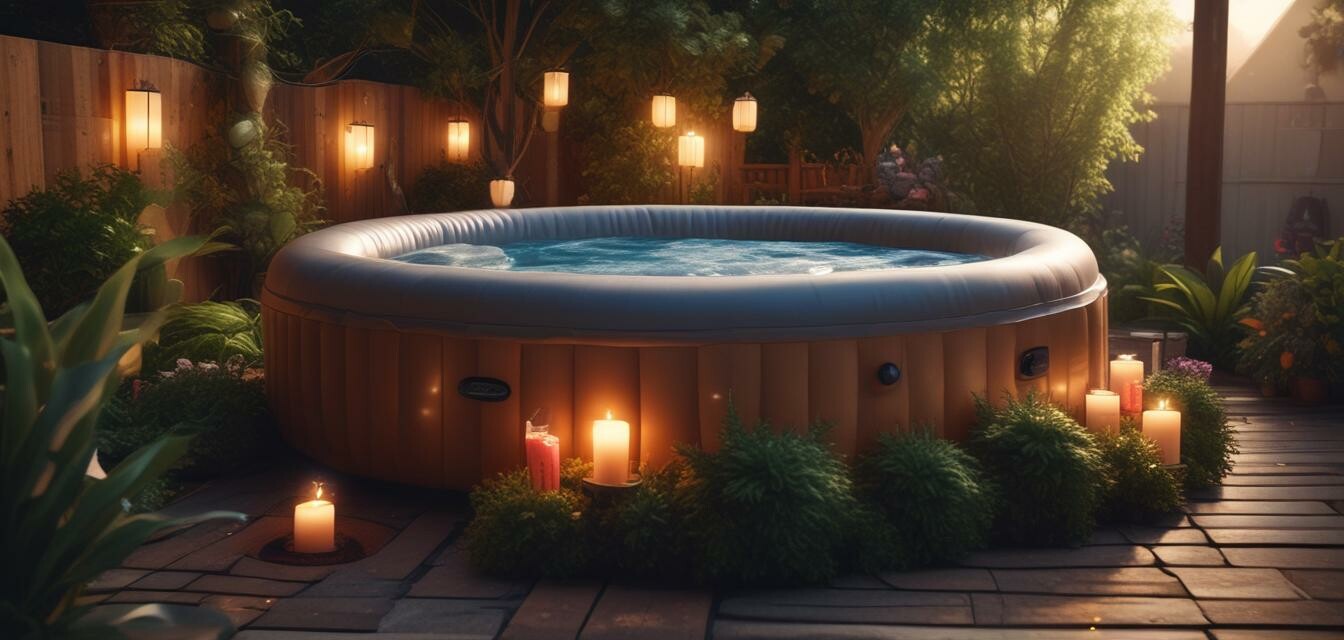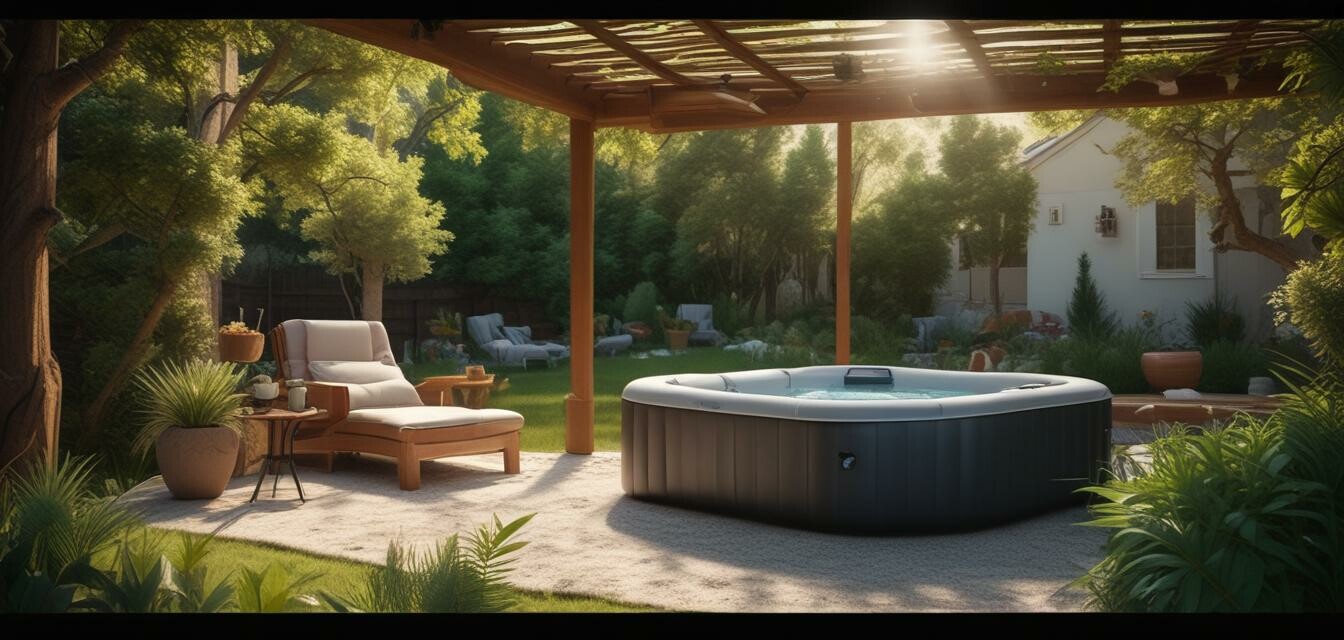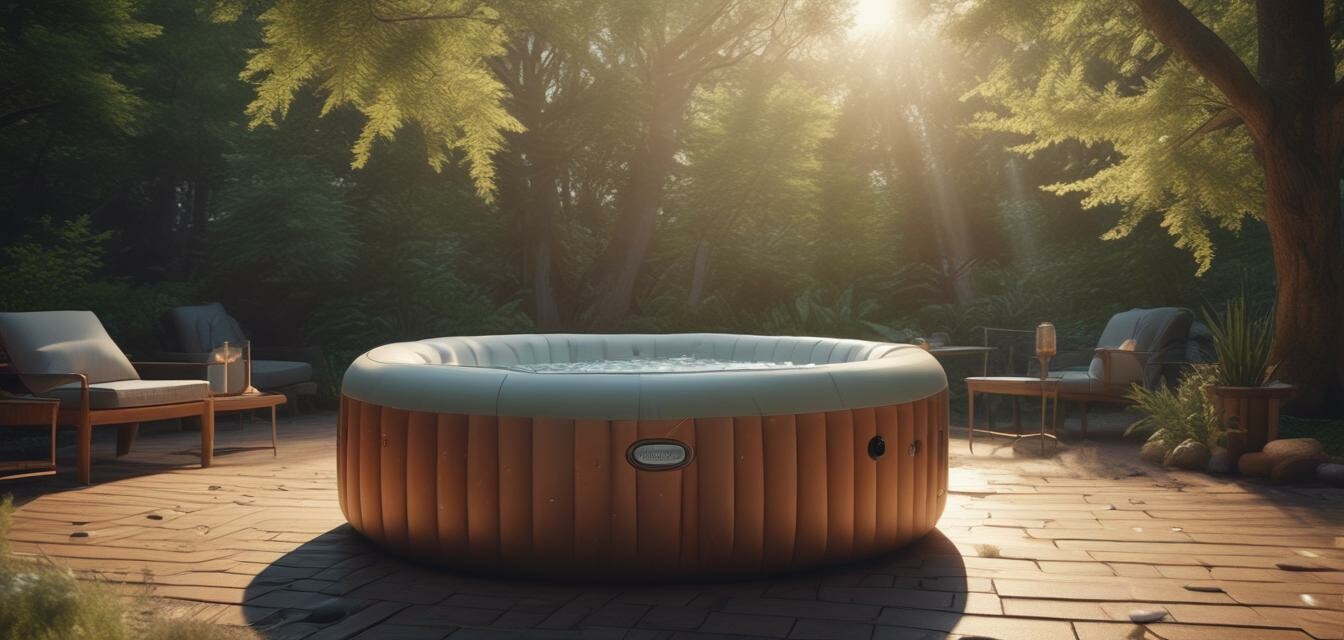
Energy efficiency in inflatable hot tubs
Key takeaways
- Energy-efficient hot tubs save money on utility bills.
- Proper insulation and maintenance are crucial for efficiency.
- Utilize energy-saving features to maximize performance.
- Consider your hot tub's location for optimal energy use.
Inflatable hot tubs have become an increasingly popular choice for relaxation and leisure. With their portability and ease of setup, they offer a delightful way to unwind. However, energy consumption can be a concern for many users. In this article, we'll explore how to ensure your inflatable hot tub is energy efficient while still providing you with a relaxing and enjoyable experience.
Understanding energy consumption in inflatable hot tubs
Before diving into tips and tricks, it's essential to understand the primary factors affecting energy consumption in inflatable hot tubs. Key areas include:
| Factor | Impact on Energy Consumption |
|---|---|
| Heating system | Higher wattage leads to increased energy use. |
| Insulation | Good insulation retains heat, reducing energy requirements. |
| Frequency of use | More frequent use typically means higher energy consumption. |
| External temperature | Lower temperatures increase heating demand. |
Tips for improving energy efficiency
Maximizing energy efficiency in your inflatable hot tub involves several strategies. Here are some practical tips:
Beginner's tips
- 1. Choose a well-insulated hot tub: Look for models with effective insulation that can maintain temperatures.
- 2. Use a thermal cover: A quality thermal cover keeps the heat in and reduces energy consumption.
- 3. Set an optimal temperature: Consider lowering the temperature when not in use. A range of 100°F to 102°F is generally sufficient for relaxation.
- 4. Regular maintenance: Clean filters and check for leaks to maintain efficiency.
- 5. Optimize location: Position your hot tub in a sheltered area to protect it from wind and cold. This can significantly reduce heating costs.
Advantages of energy-efficient hot tubs
Investing in an energy-efficient inflatable hot tub comes with a host of benefits:
- Lower utility bills
- Reduced environmental impact
- Extended lifespan of the hot tub
- Better overall user experience
Energy-saving features to look for
When selecting an inflatable hot tub, keep an eye out for features specifically designed to enhance energy efficiency:
| Feature | Description |
|---|---|
| Advanced heating system | Efficiency-focused systems that heat water faster and retain warmth longer. |
| Timers and programmable settings | Allows users to set heating and filtration schedules to minimize energy use. |
| Flow control systems | Regulates the amount of energy used based on demand. |
| Insulated covers | Prevents heat loss and keeps the water warm without using extra energy. |
Conclusion
Enhancing energy efficiency in your inflatable hot tub doesn't have to be a daunting task. By understanding how energy is consumed, implementing practical tips, and seeking out advanced features, you can enjoy a luxurious soak while keeping your energy costs in check. For more product options, check out our budget-friendly hot tub solutions or explore compact hot tubs for small spaces. If you’re concerned about the environment, consider our eco-friendly hot tub options.
Pros
- Energy savings can lower monthly bills.
- Better insulation can lead to longer-lasting equipment.
- Advanced features increase user convenience.
Cons
- Upfront cost may be higher for efficient models.
- Requires regular maintenance to maintain efficiency.
